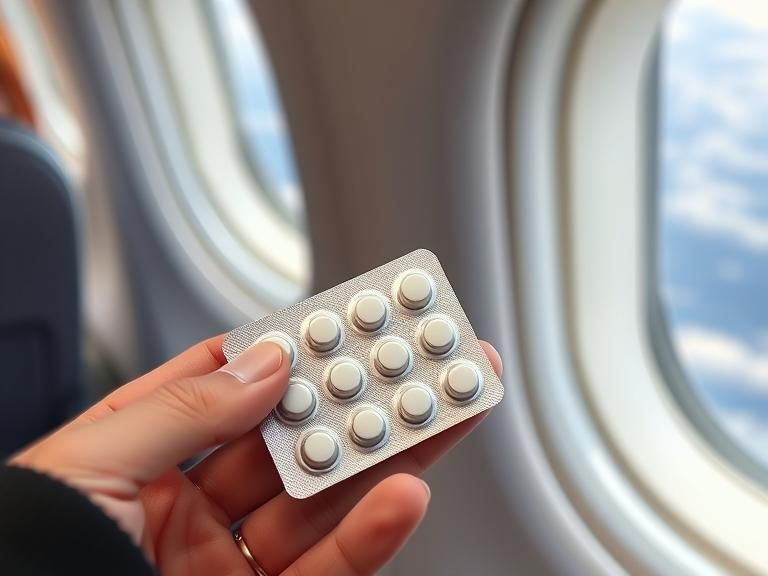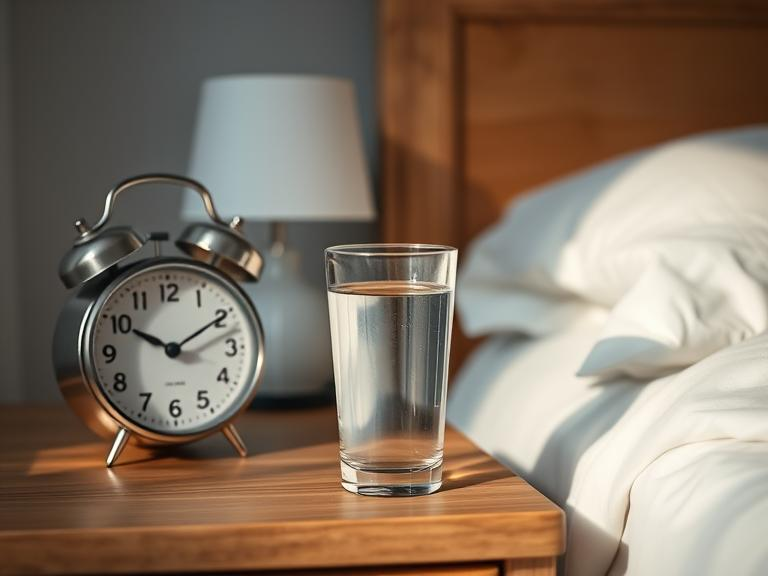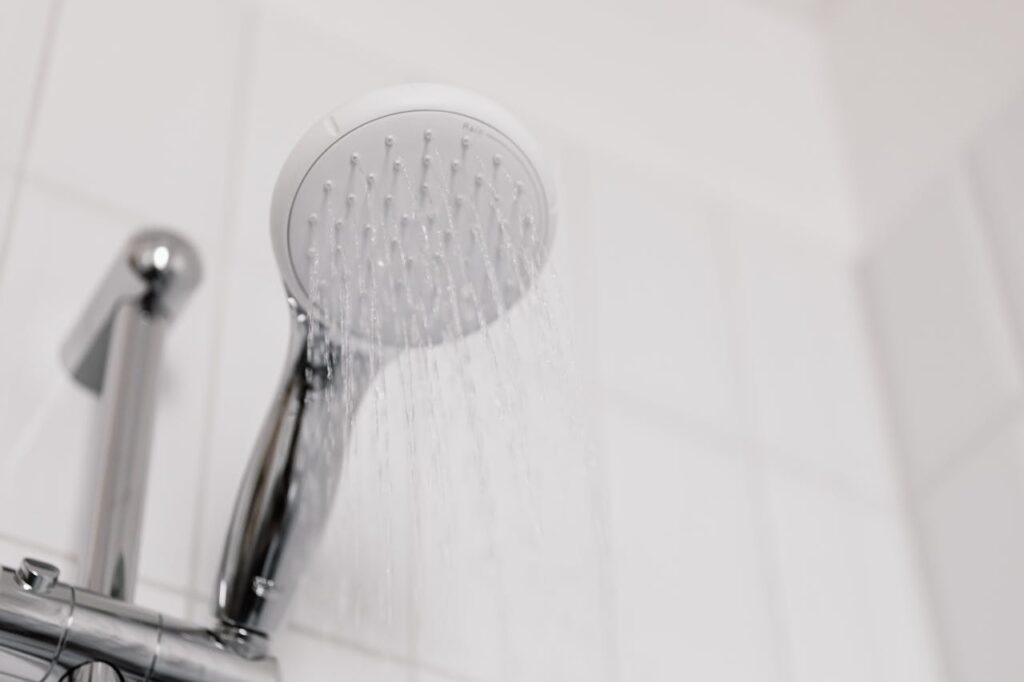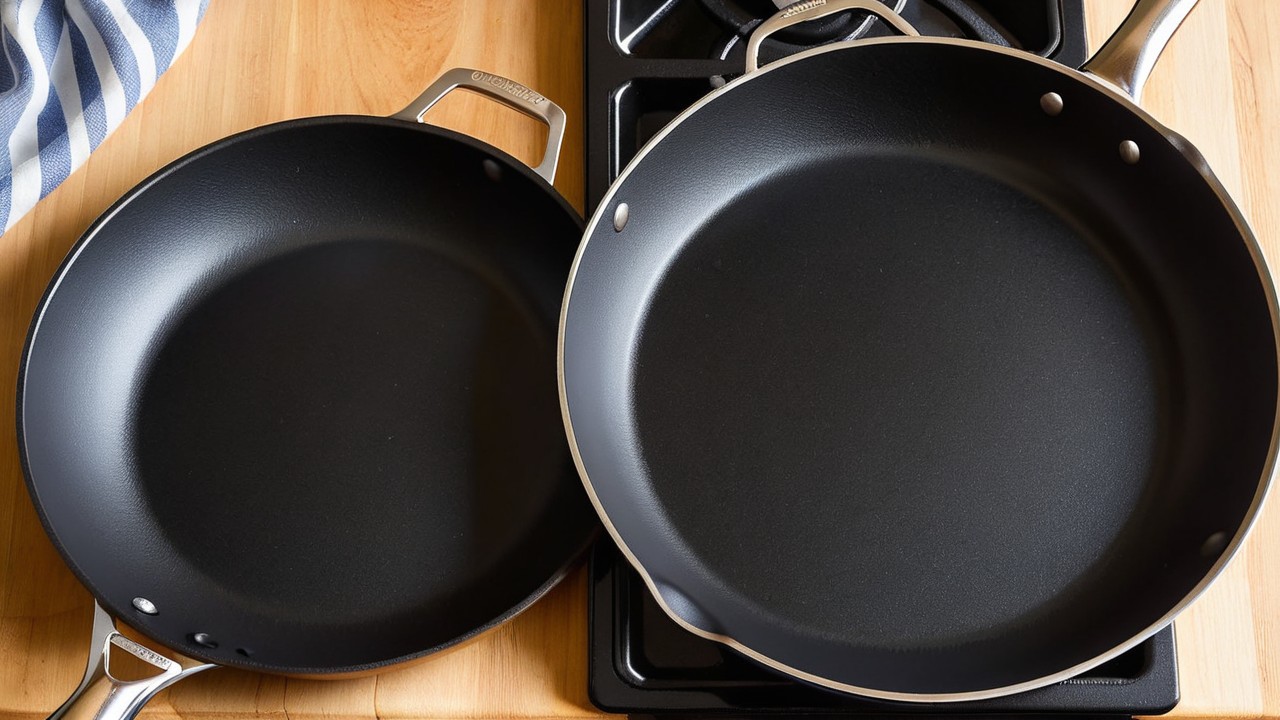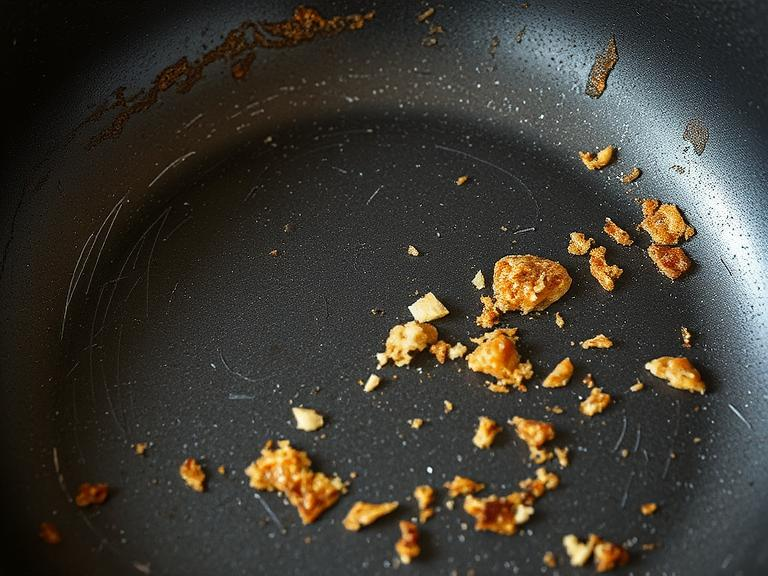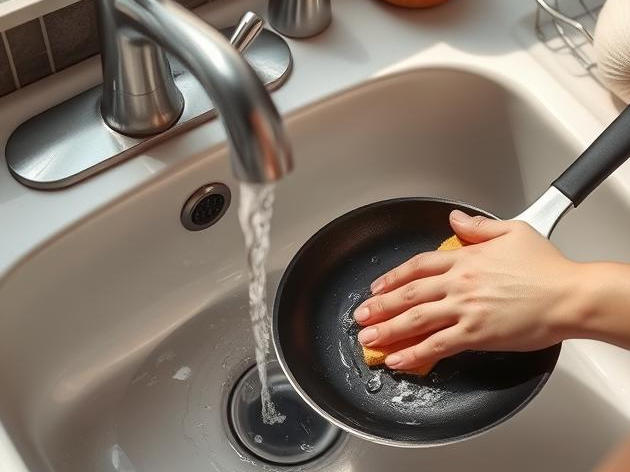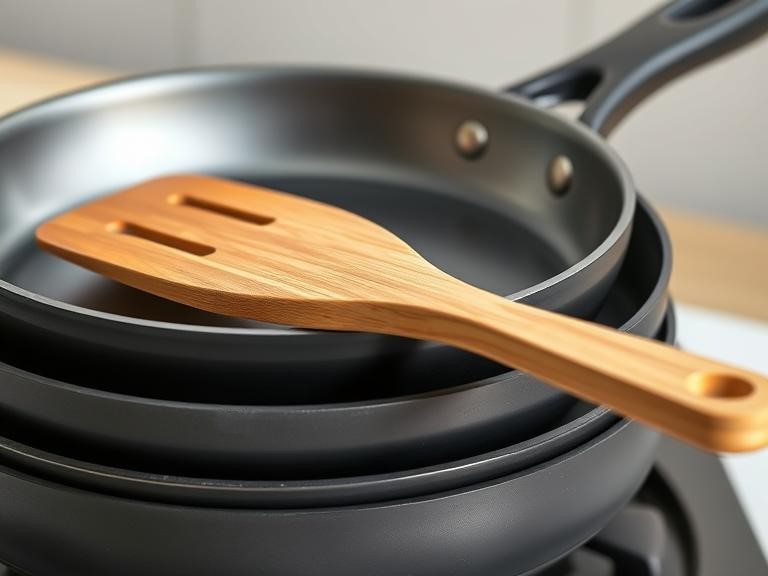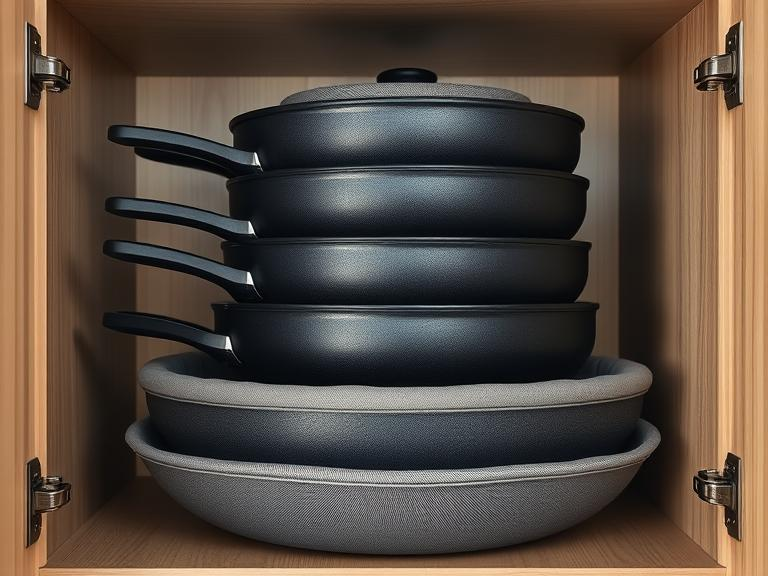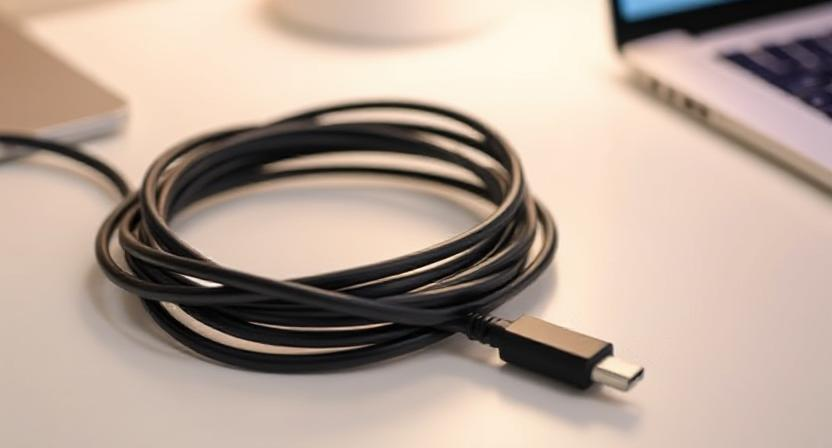
Charger cables are essential, yet they often seem to break faster than they should. Picking the right cable and following smart maintenance tips can boost its lifespan. Understanding why charger cables fail is key to prevention. Frequent bending, tugging, and poor storage habits are common culprits. Cheap materials also contribute to cables wearing out faster. You can avoid these issues with a mix of protective tools, good habits, and strong cables.
This guide shows you how to prevent the charger cable from breaking with smart DIY tricks, better cable choices, and simple habits. These tips will help your cables last longer, even with pets, travel, or daily use.
Why Do Charger Cables Break So Easily?
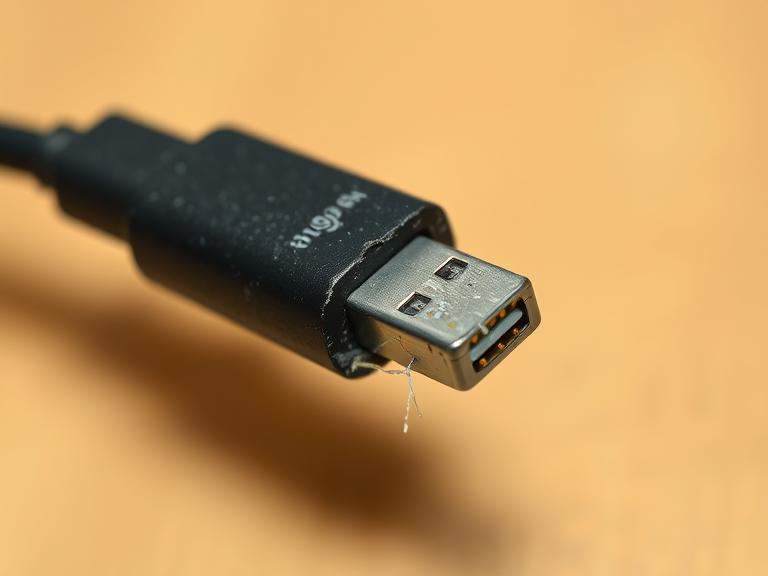
Before we jump to solutions, it helps to understand why your charger cables are so fragile.
1. Frequent Bending
Cables often twist and bend daily, especially at the connectors. Over time, this repeated strain weakens the internal wiring, causing it to fray or snap.
2. Rough Pulling
Yanking your charger from the wall can stress the connector. It’s like starting a lawnmower. This strong pulling can harm the cable and charging port. It may also shorten your charger’s lifespan.
3. Cheap Materials
Budget cables may seem cheap, but they often have thin wires and bad insulation. These materials split, fray, or lose connectivity with minimal use.
4. Improper Storage
Storing your charger in a bag, jamming it into a pocket, or twisting it can harm the cable’s wiring. Poor storage habits can weaken connections and cause faster wear and tear over time.
Now that we know what kills cables, let’s explore how to prevent charger cable from breaking with smart tips and solutions.
Tips to Prevent Charger Cable Damage
1. Charger Cord Protector DIY
Using a Charger Cord Protector DIY approach is a budget-friendly way to extend your cable’s lifespan. Here are three effective methods to try:
(i) Heat Shrink Tubing
This tubing forms a tight fit around cables when you heat it. Slide a piece over the weak spot on your cable, like near the connector. Then, use a hair dryer or heat gun to apply heat. This creates a firm protective layer that reduces bending stress.
(ii) Spiral Wraps
These plastic coils protect cables. They act like armor against wear and tear. They’re flexible, easy to apply, and offer strong protection at common breakpoints.
(iii) Electrical Tape
A simple yet effective solution. Wrap many layers of tape around areas prone to fraying. Begin above the weak spot. Then, move downward for the best coverage.
Use these Charger Cord Protector DIY ideas to protect your cables from daily wear and tear. This way, you can save money on replacements.
2. Phone Charger Cord Protector
A Phone Charger Cord Protector helps your cable last longer. Also, smart storage habits make a big difference. Here are three effective methods to consider:
(i) Cable Organizers
Use Velcro straps, zip ties, or cable winders to keep your cables neat and untangled. This reduces stress points that can lead to internal wire damage.
(ii) Avoid Tight Bends
Avoid tightly wrapping cables around objects or folding them sharply. Loosely coiling your cable near the connector reduces strain. Using a Phone Charger Cord Protector in these areas offers extra reinforcement.
(iii) Designated Storage
When you travel, store your cables in pouches or compartments. This keeps them safe from being crushed or bent. Using a Phone Charger Cord Protector helps keep your cables safe from damage.
3. Magnetic Charger Cord Protector
Using a Magnetic Charger Cord Protector is an effective way to reduce cable damage and improve charging convenience. Here are three key benefits:
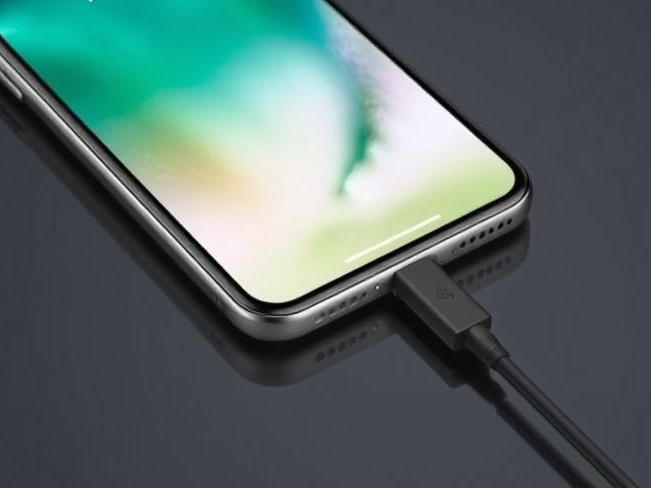
(i) No need to plug and unplug
Magnetic tips stay in your device’s charging port. Now, you don’t have to keep plugging and unplugging your cable. This reduces stress on the port and the connector.
(ii) Enhanced Protection
The magnetic connection pulls apart easily. This helps stop accidental yanking, which can harm the internal wiring. This is particularly useful in busy households or office spaces.
(iii) Better Cable Life
Use a Magnetic Charger Cord Protector and store cables properly. This helps prevent fraying, bending, and breaking. Magnetic tips work with Lightning, USB-C, and Micro-USB cables. This makes them a handy choice for many devices.
5. Wall-Mounted Charger Cord Protector
A wall-mounted charger cord protector helps prevent cable damage and keeps your area tidy. Here’s how it helps:
(i) Hold Steady
Wall-mounted clips keep your charging cable in place.This prevents it from hanging loosely or dragging on the floor, reducing tension on the connector and minimizing wear.
(ii) Reduces Strain on Breakpoints
Anchoring the cable to a stable surface helps protect the plug area. This prevents excessive bending and pulling.
(iii) Perfect for Charging Areas
A Wall-Mounted Charger Cord Protector keeps your cable tidy and within easy reach. It also prevents accidental pulls. Combining this with proper storage practices can significantly extend your cable’s lifespan.
How to Protect Charger Cord from Your Animals (Pets)
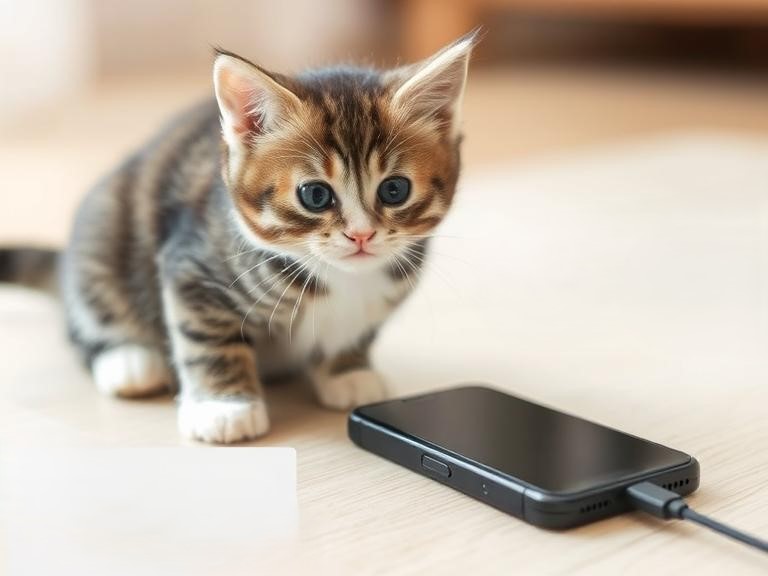
Protecting your cables from pets can be tough. A Charger Cord Protector for Animals can help prevent expensive damage. Here are three effective methods to try:
1. Cable Covers
Thick plastic or rubber covers act as a strong barrier against pets’ sharp teeth. A Charger Cord Protector Animals cover is great for keeping cables safe where pets can reach them.
2. Bitter Spray
Applying a non-toxic, pet-safe bitter spray makes cables unappealing to chew. Combining this with a Charger Cord Protector Animals wrap adds extra defense.
3. Cable Hiders
You can hide cables behind furniture or in protective conduits. This keeps cords away from your pet. Adding a Charger Cord Protector Animals cover further reduces the risk of damage.
Use these strategies with a Charger Cord Protector Animals product. This way, your cables stay safe and intact, even with playful pets around.
Best Cables to Prevent Breaking
1. Budget Option: AmazonBasics Nylon Braided Lightning Cable
- Enhanced Durability: It has an extra protective layer at both ends. This helps reduce fraying and improves longevity. It’s perfect for users who often deal with cable damage.
- Fast Charging Support: Thick wires and low resistance let devices charge quickly. You can get speeds up to 2.4 amps, keeping your devices powered efficiently.
- Reliable Performance: Features Apple’s original C89 smart chip. This ensures safe and stable charging. It supports fast data transfer at 480Mbps, so syncing and file transfers are smooth.
2. Standard Option: Anker Powerline+ II Cable
- Outstanding Durability: Engineered to endure up to 30,000 bends, this cable is designed for those tired of constantly replacing damaged cords. Its reinforced build ensures long-term reliability, making it ideal for daily use.
- MFi Certified Compatibility: This certification guarantees seamless connectivity with Lightning devices, ensuring safe, fast, and error-free charging. No more frustrating pop-up warnings or inconsistent performance.
- Sleek Yet Strong Design: The double-braided nylon exterior combines durability with style. It’s tough enough to resist wear and tear while remaining flexible and easy to manage. Whether you’re at home, in the office, or traveling, this cable stands up to the challenge.
3. Premium Option: Nomad Kevlar Reinforced Cable
- Powerful Performance: This USB-C PD cable delivers fast charging power of up to 100W, ensuring your devices get powered up quickly and efficiently. With data transfer speeds of 480 Mbps, it’s perfect for syncing files and charging high-power devices like MacBooks, laptops, and tablets.
- Built to Last: Featuring a Kevlar outer layer and durable metal alloy connector ends, this cable is engineered for durability. It’s designed to handle heavy usage, resist breakage, and maintain peak performance over time.
- Tangle-Free Convenience: Equipped with a strong Liquid Silicone Rubber (LSR) cable tie, this cable stays neatly organized. Whether you’re packing it in a bag or storing it at your desk, you’ll enjoy hassle-free use and easy access whenever you need it.
Best Practices for Long-Term Cable Care
1. Use a stable power source
Voltage changes can harm your charging cables as time goes by. A good power adapter or surge protector keeps the current steady. This reduces stress on cables.
2. Keep cables away from heat
Heat can damage cable insulation. This makes it brittle and likely to crack. Keep cables away from heaters, sunlight, and heat sources. This helps prevent damage.
3. Handle cables with care
Avoid pulling on the cord. Instead, grip the plug tightly when you unplug it. This prevents internal wires from loosening or breaking over time.
Final Thoughts: How to Prevent Charger Cable from Breaking
Prevent charger cables from breaking with smart choices and proper care. Invest in durable options like the Anker Powerline+ II or Nomad Kevlar Reinforced Cable for improved longevity.
For added protection, try a charger cord protector DIY like spiral wraps or heat-shrink tubing. Fun charger cord protector animals can also protect cables while adding style.
Use a phone charger cord protector to reduce stress on cable ends and avoid sharp bends. Unplug by gripping the plug, not the cord, to prevent damage.
With these steps, your cables will last longer and perform better.



